Driven by both economic and environmental factors, as well as a growing consumer demand for greener practices, the hospitality industry has been gravitating to sustainability and energy efficiency. Integrating elements of nature into interior spaces, such as living green walls, indoor plants, and natural materials, enhances well-being and connection to the environment. Biophilic design is another trend that is gaining currency. Also, designing furniture and interior layouts for adaptability and reconfiguration maximises space utilisation. Modular design facilitates efficient bulk production, ensuring that sustainable products, when used mindfully, have a significant impact.
Modern travellers prefer experiences and connections over traditional hotel loyalty programmes. By hosting community events, offering memberships for fitness and wellness facilities, and providing co-working spaces accessible to non-guests, hotels can position themselves as vibrant neighbourhood hubs.
The hospitality industry has also been witnessing a strong affinity for sustainability among millennials and Gen Z. This section seems to prioritise ethical consumption and is willing to pay a premium for sustainable products and services, using their purchasing power to drive positive change. With easy access to information, they research and choose brands that align with their values, holding companies accountable for their environmental impact. Social media amplifies this trend, as eco-friendly practices are frequently shared and celebrated online, shaping travel choices and fostering a community of like-minded individuals.
According to research conducted by Booking.com, a leading online travel agency, 76% of travellers last year indicated a higher likelihood of booking a hotel if it had a green certification. Furthermore, the study revealed that 43% of travellers are willing to invest more in accommodations that prioritise sustainability. Here are several strategies to achieve this:
1. Materials in architecture
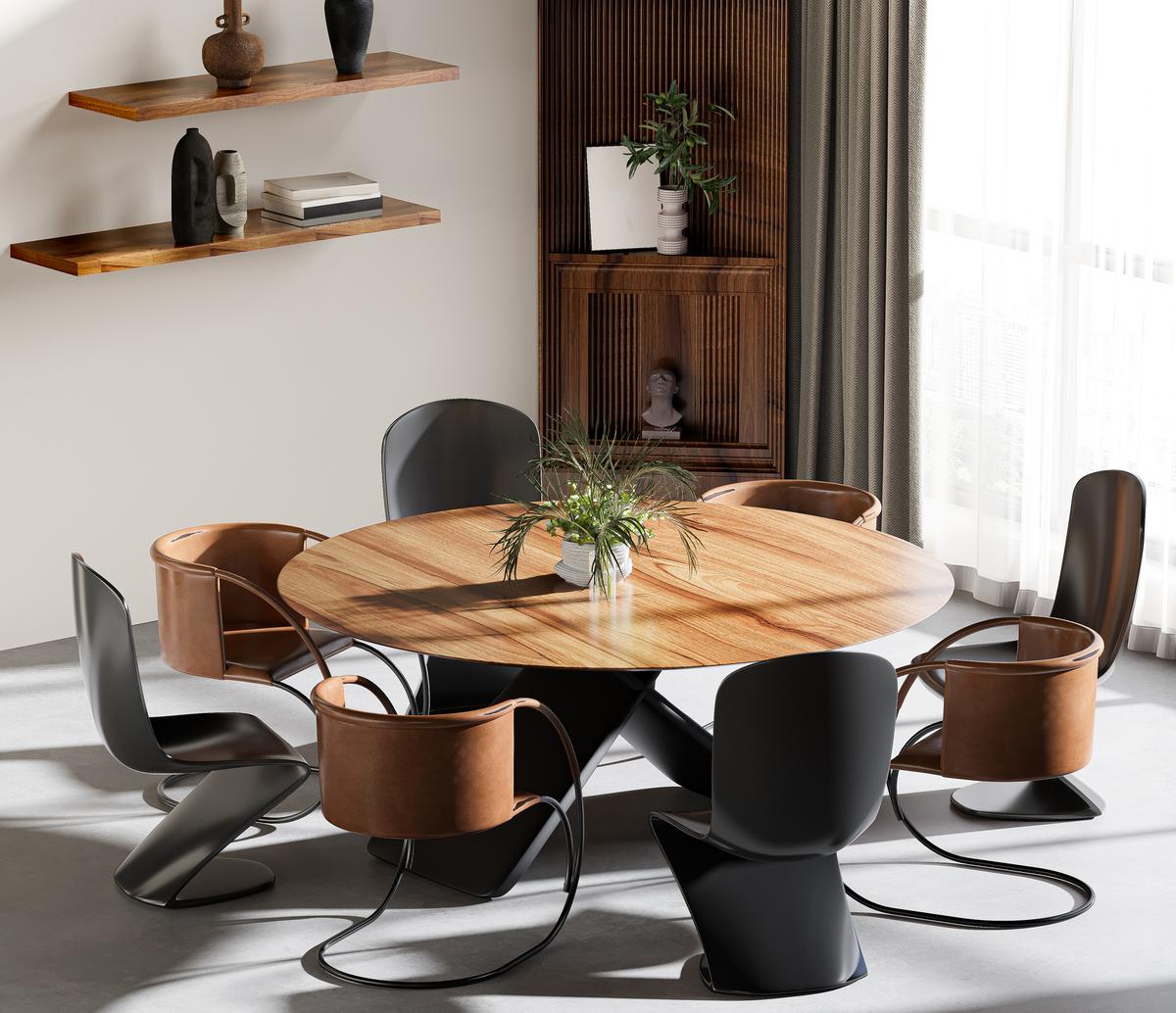
Creating unique aesthetics in hospitality spaces often involves using authentic concepts and distinctive materials. Sustainable materials that can be utilised in architecture and space design include:
Reclaimed wood: Salvaged wood from old buildings or furniture can be repurposed for construction, flooring, wall panelling, and furniture. This reduces the demand for new timber and minimises waste.
Bamboo and cane: A rapidly renewable resource, bamboo is durable and versatile, making it suitable for flooring, furniture, and decorative elements. Bamboo variants, such as cane and rattan, can be effectively used in design, inspired by traditional Indian construction techniques of weaving and patterning.
Recycled metal: Metals like aluminium and steel can be recycled and used for structural elements, fixtures, and furnishings, reducing the need for virgin materials and energy-intensive production processes.
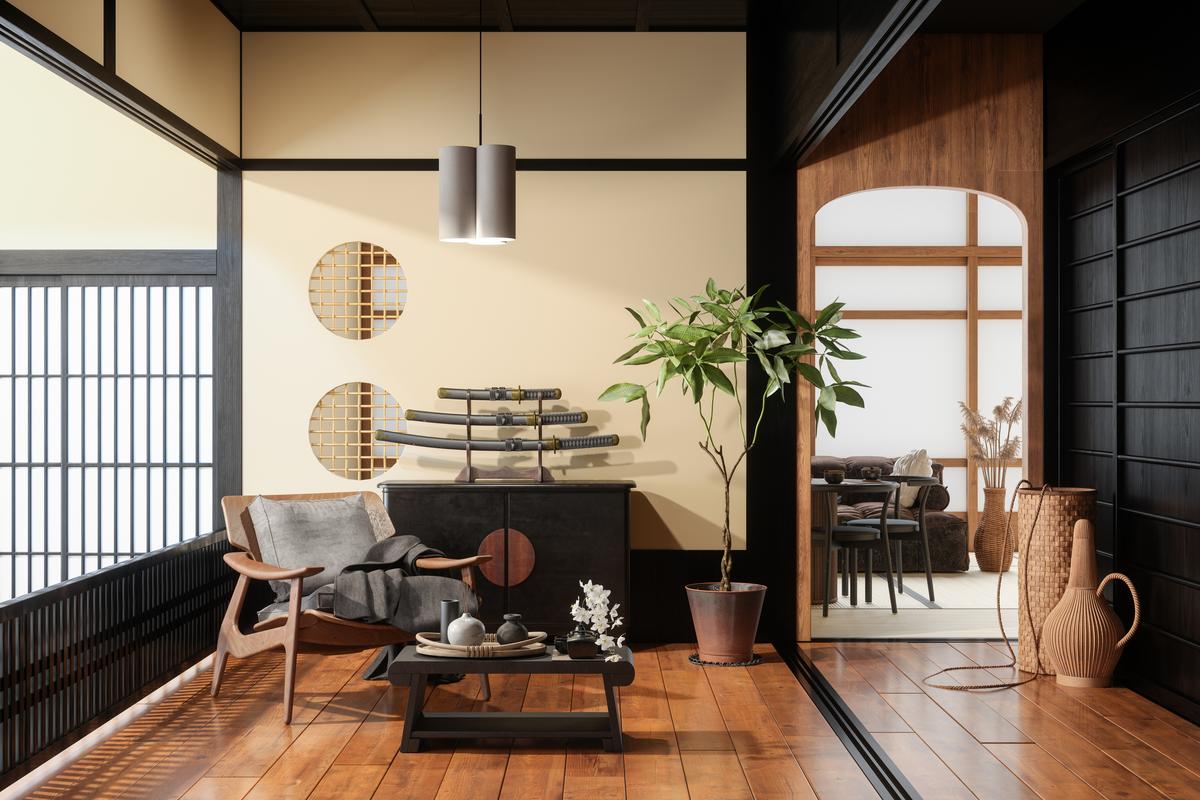
Buoyant cork: Harvested from the bark of cork oak trees, cork is a sustainable material suitable for flooring, wall coverings, and furniture upholstery.
Low VOC paints and finishes: Traditional paints and finishes emit harmful volatile organic compounds (VOCs). Low VOC alternatives are healthier for indoor air quality.
Bio-based materials: Derived from renewable resources, materials such as bio-based plastics or natural fibers like hemp and jute offer sustainable alternatives for furnishings and textiles.
2. Durable options
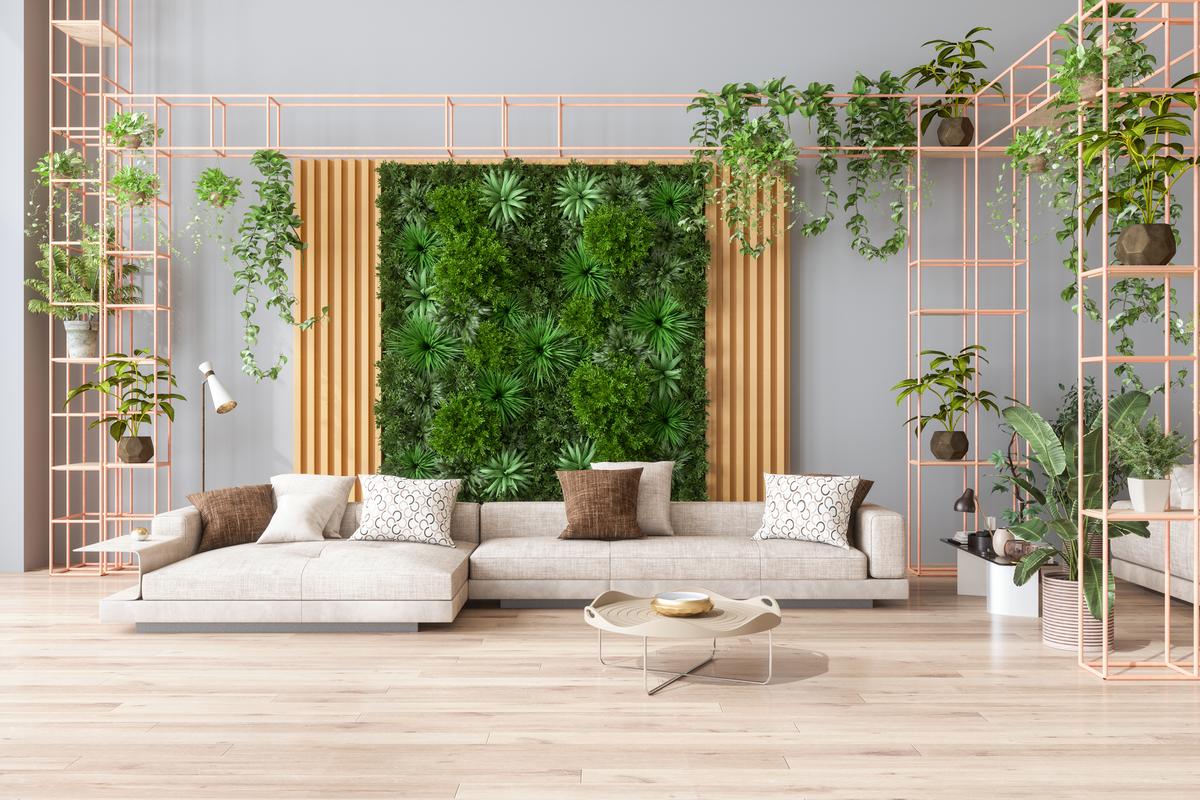
Certain sustainable practices are here to stay despite design trends evolving constantly.
Circular economy principles: Embracing durability, reparability, and recyclability in design and product selection aligns with circular economy principles.

Zero waste initiatives and upcycled décor: Simple practices like waste composting, recycling operational waste, and repurposing construction materials can significantly reduce waste. Upcycled materials, such as paper mâché, clay tiles, recycled metal, and upcycled plastic products, when used in décor and textiles, can create impactful design elements.
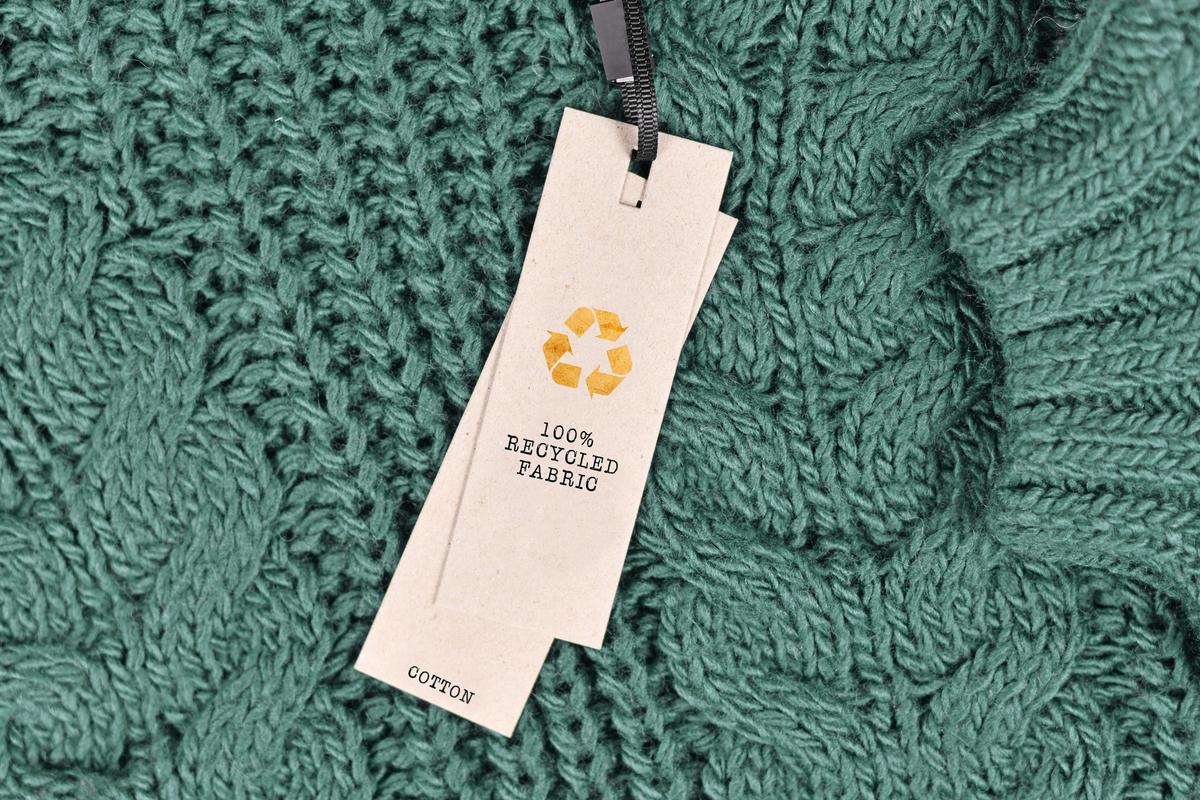
Local organic sourcing and craftsmanship: Sourcing construction materials and craftsmanship locally not only ensures climate-appropriate solutions but also fosters authentic, regionally cohesive designs. Utilising local art and artisans to create curated art moments in a space integrates regionality into design.

Smart and energy-efficient technology: Incorporating renewable energy resources, such as solar panels and rainwater harvesting, along with energy-efficient lighting and HVAC systems, ensures optimal comfort for guests while minimising energy consumption and reducing the carbon footprint of hospitality establishments. Moreover, smart technology in operating spaces can significantly enhance sustainability. Systems like room-wise energy and water consumption tracking, remote reception management, and paperless check-ins and billing can make hotels more sustainable and efficient.
Educational initiatives: Educating staff and guests about sustainable practices implemented within the property encourages conservation efforts and environmentally friendly behaviours.
3. Factoring in cost
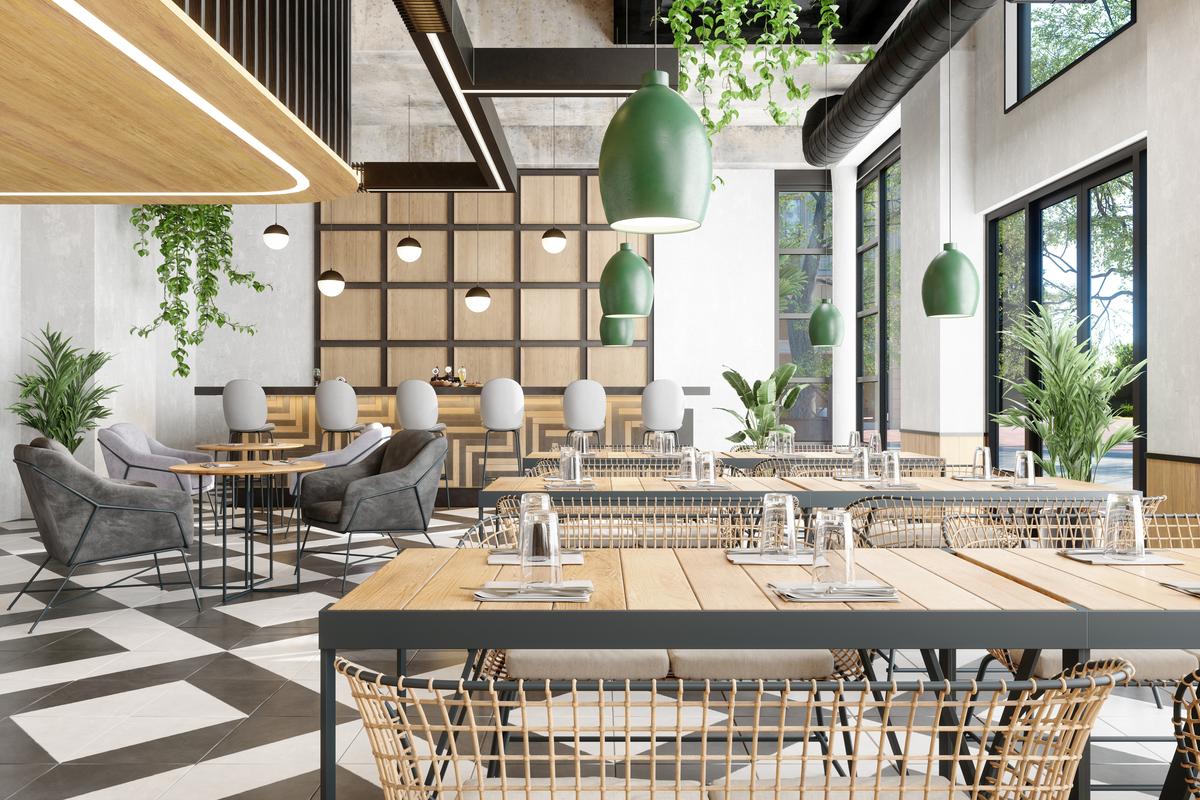
While sustainable products and materials may have higher upfront costs compared to conventional alternatives, the long-term benefits often outweigh the initial investment. Factors influencing the cost include:
Material type: The cost of sustainable materials varies based on availability, production processes, and certification requirements.
Green certifications: Building products certified by third-party organisations, such as IGBC Pro, GRIHA, BIS, and EcoMark, may command a premium due to the certification process and compliance with rigorous standards.
Market demand: Increasing demand for sustainable products and materials can drive economies of scale, leading to competitive pricing over time.
Life cycle costs: Considering life cycle costs, including maintenance, energy efficiency, and durability, helps evaluate the overall cost-effectiveness of sustainable design choices.
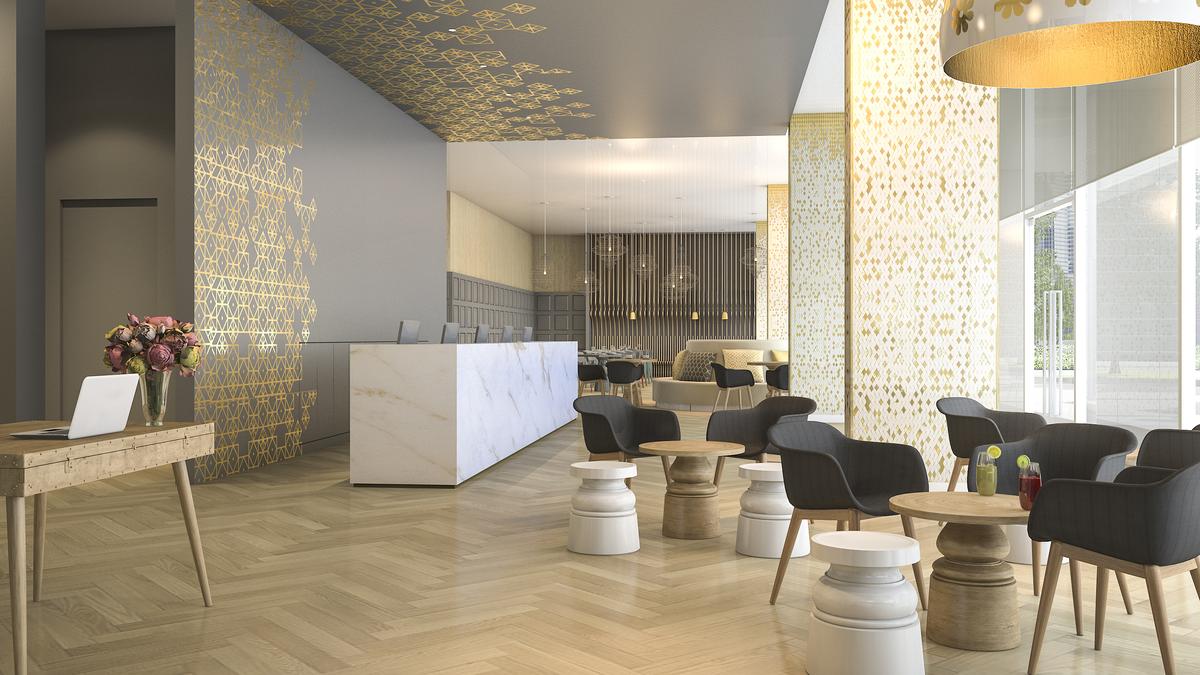
By integrating these sustainable practices into hospitality design, hotels can reduce their environmental footprint, lower operating costs, attract eco-conscious guests, and contribute to a more sustainable future for the industry. This dual focus on aesthetics and sustainability represents a powerful approach to shaping the future of hospitality design.
The writer is Head of Design, Olive by Embassy.
#Green #future #hotel #design
